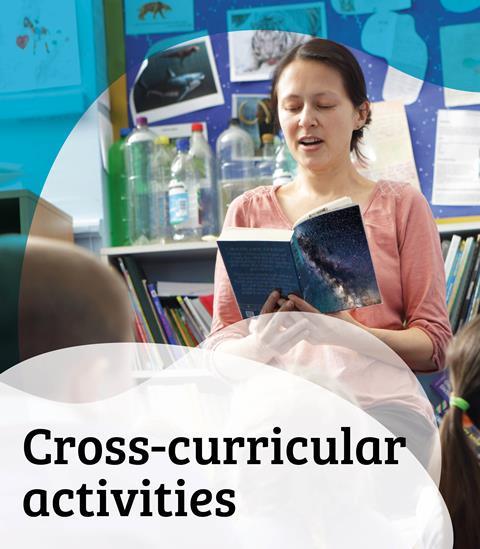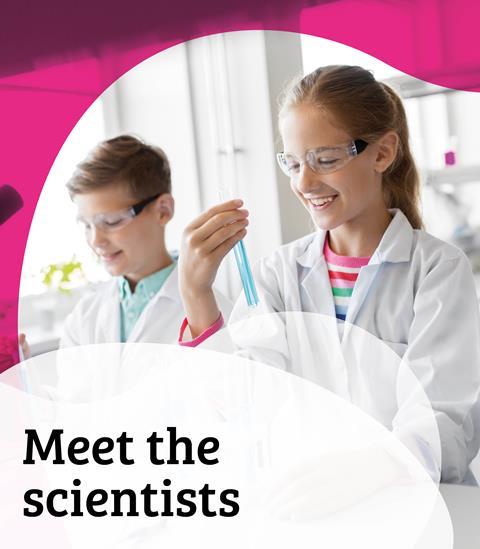The ‘burning’ chapter from That’s Chemistry! This chapter looks at key ideas and activities that can be used to help students learn that when materials are burned new materials are formed, and that this process in not reversible
These PDFs have been taken from the popular book, That’s Chemistry! compiled by Jan Rees.
This book covers key ideas of physical science that primary students learn about, as well as giving numerous suggestions of activities, demonstrations and investigations that can be used to enhance students’ learning.
If you teach primary science, see the headings below to find out how to use this resource:
Skill development
Children will develop their working scientifically skills by:
- Drawing conclusions and raising further questions that can be investigated, based on their data and observations.
- Asking their own questions about scientific phenomena.
- Selecting and planning the most appropriate ways to answer questions, including:
- Carrying out comparative and fair tests.
- Researching using a wide range of secondary sources of information.
- Using appropriate scientific language and ideas to explain, evaluate and communicate their methods and findings.
Learning outcomes
Children will:
- Explain that some changes result in the formation of new materials, and that this kind of change is not usually reversible, including changes associated with burning.
Concepts supported
Children will learn:
- The differences between heating, melting and burning, including:
- Melting is a change in state and is usually reversible.
- Burning is a chemical change and is not usually reversible.
- Heating is a change in temperature and is usually reversible.
- That when things burn new materials are usually formed.
Suggested activity use
This resource provides ideas for demonstrations or directed group activities to demonstrate the chemical change of burning. Due to the nature of the experiments, many will not be able to be carried out by children independently, but they can provide opportunities for discussion and questioning with the children.
Practical considerations
Due to health and safety reasons, many of the activities will require constant adult supervision.
Downloads
Burning
Tutorial | PDF, Size 8.37 mbBibliography and teachers resources
Tutorial | PDF, Size 2.53 mb
Websites
Additional information
That’s Chemistry!

Discover the informative chapters of That’s Chemistry! Each chapter explains a chemistry concept and gives numerous ideas for activites to support students’ learning.
- 1
- 2
- 3
- 4
- 5
- 6
- 7
- 8
- 9
- 10
- 11
 Currently
reading
Currently
reading
Burning
- 13





































No comments yet